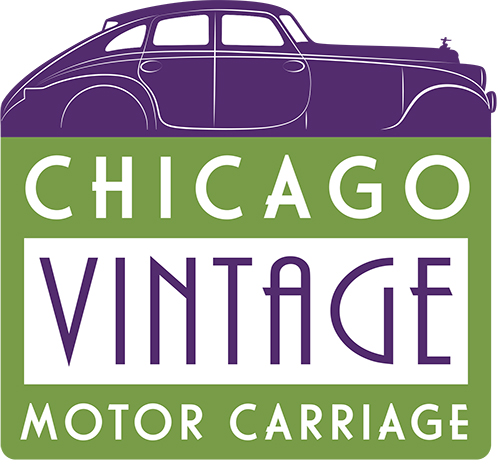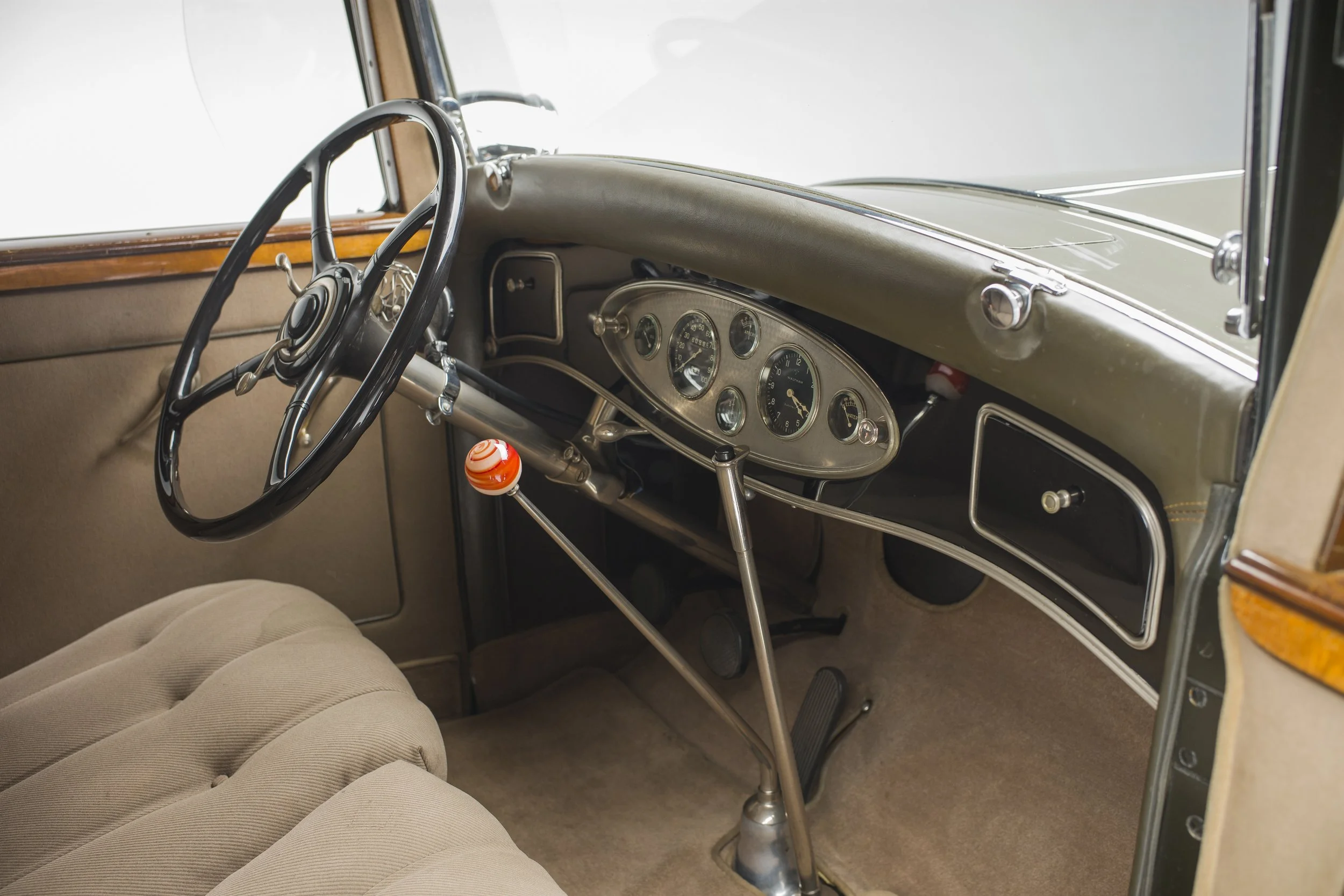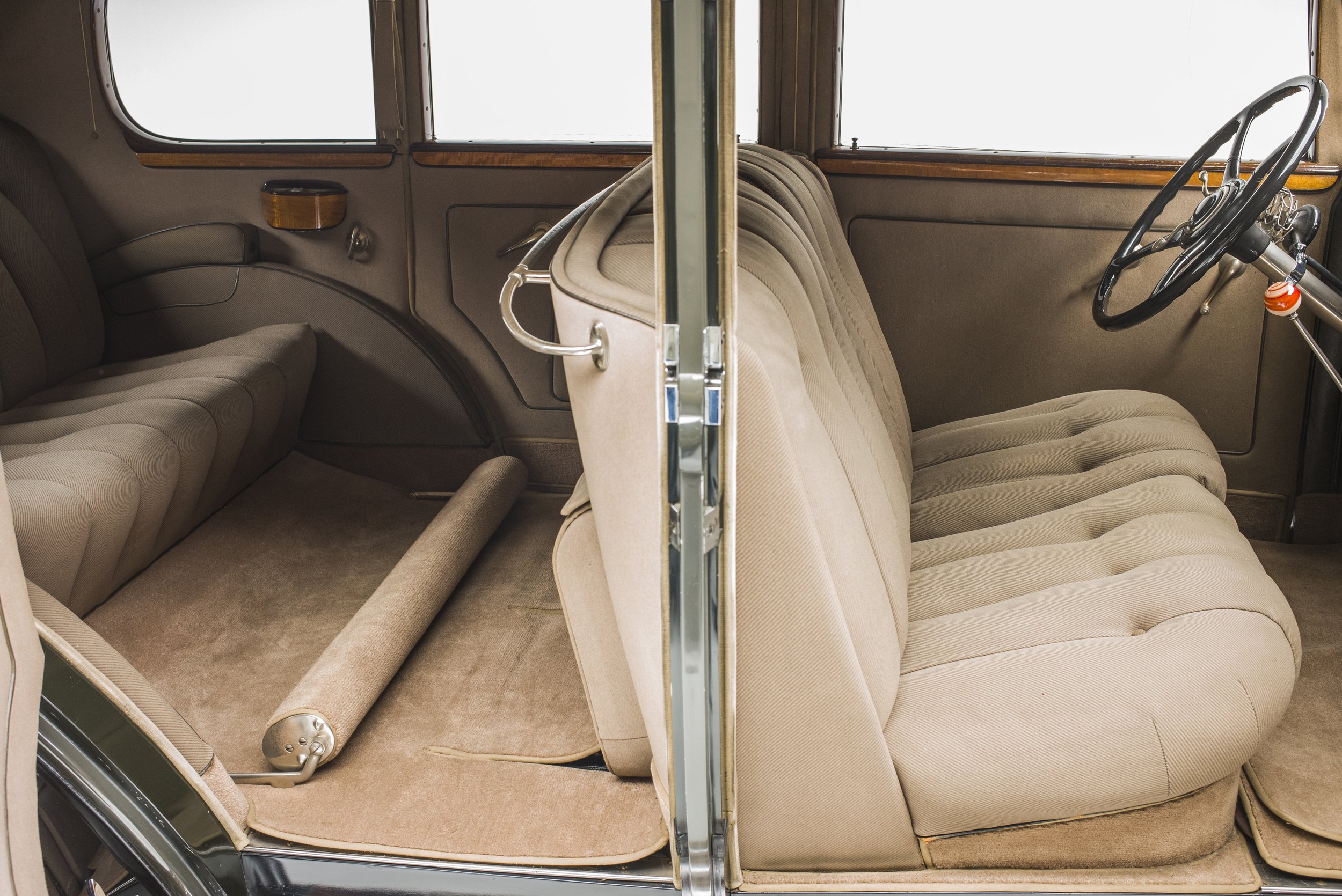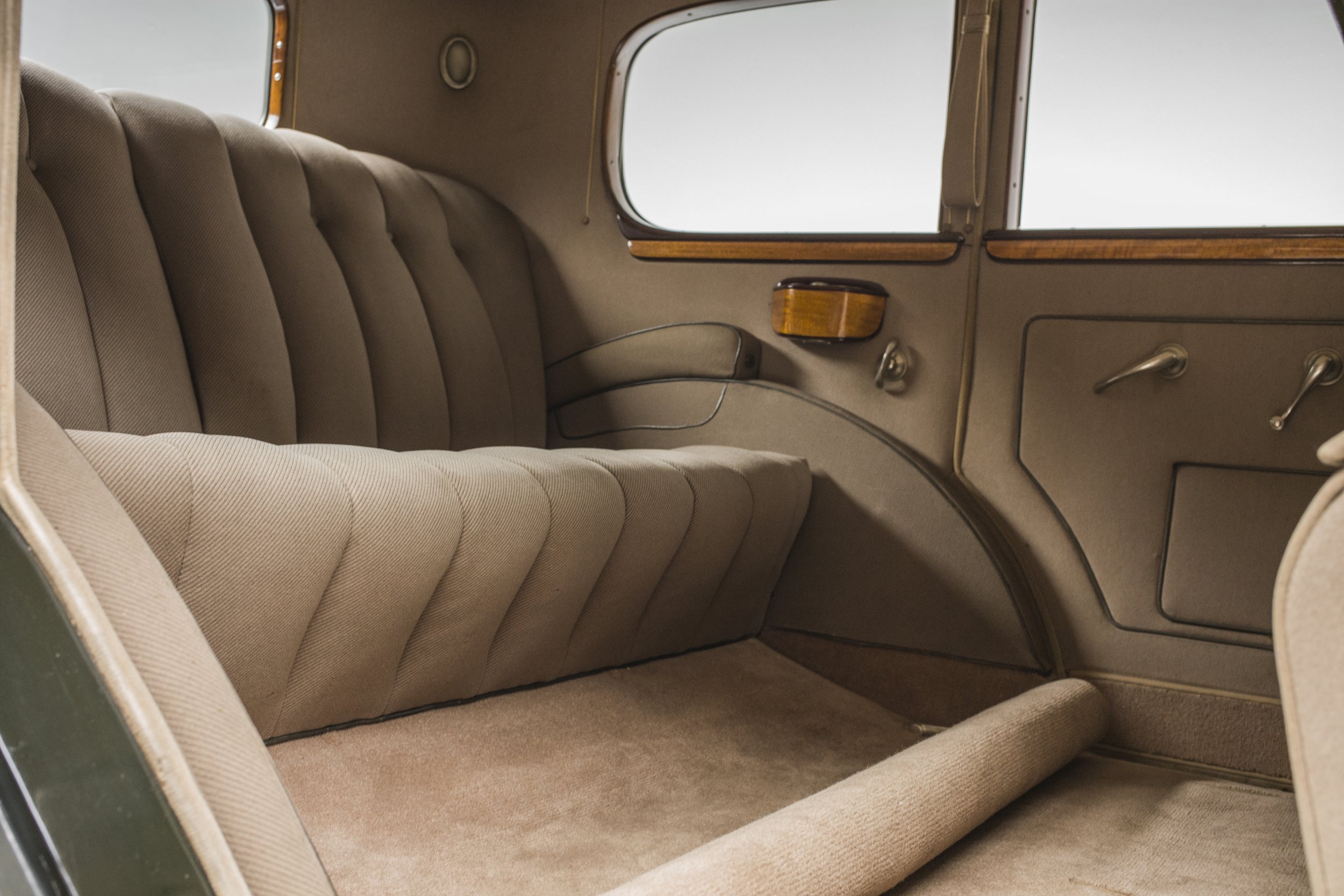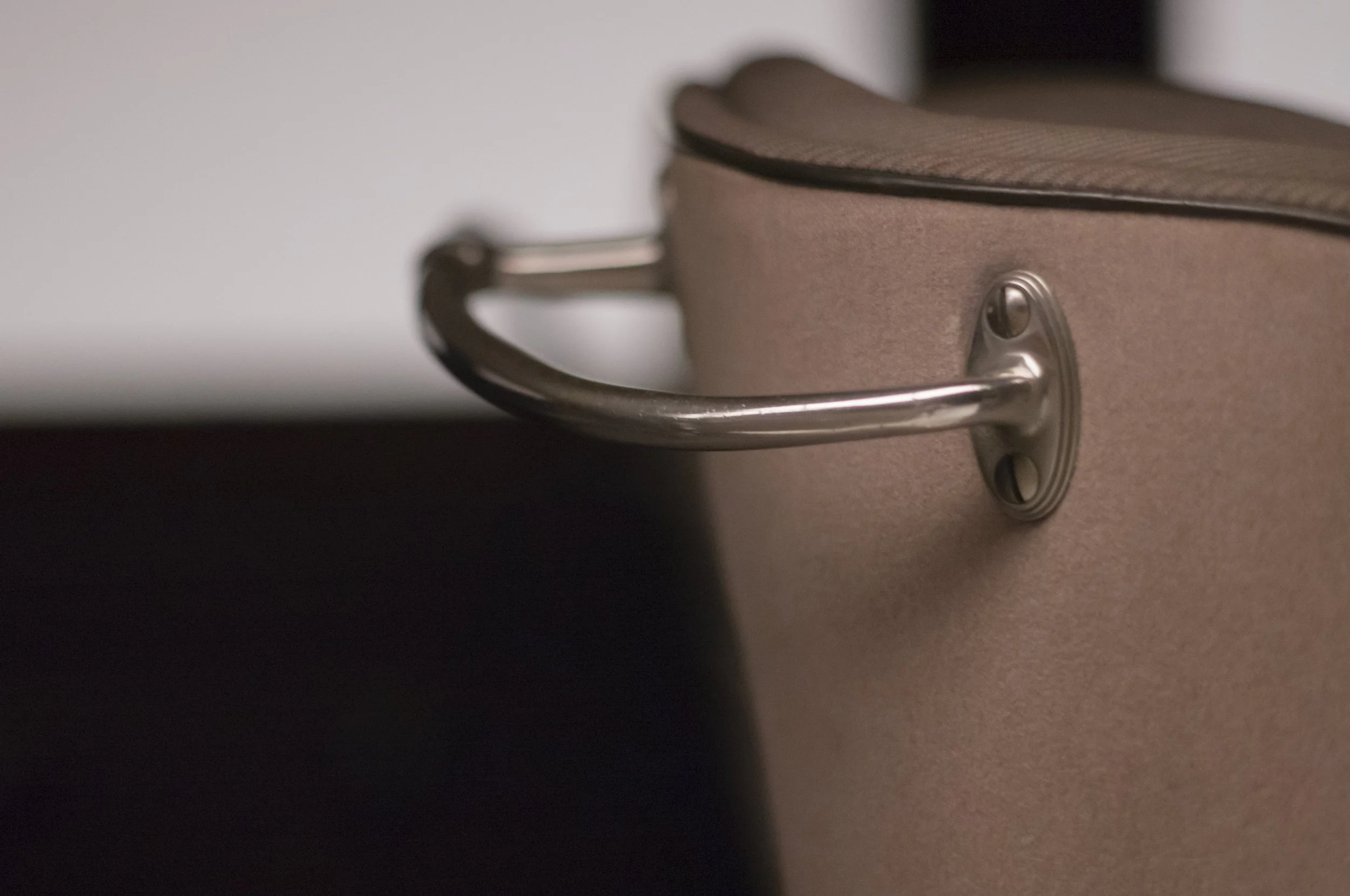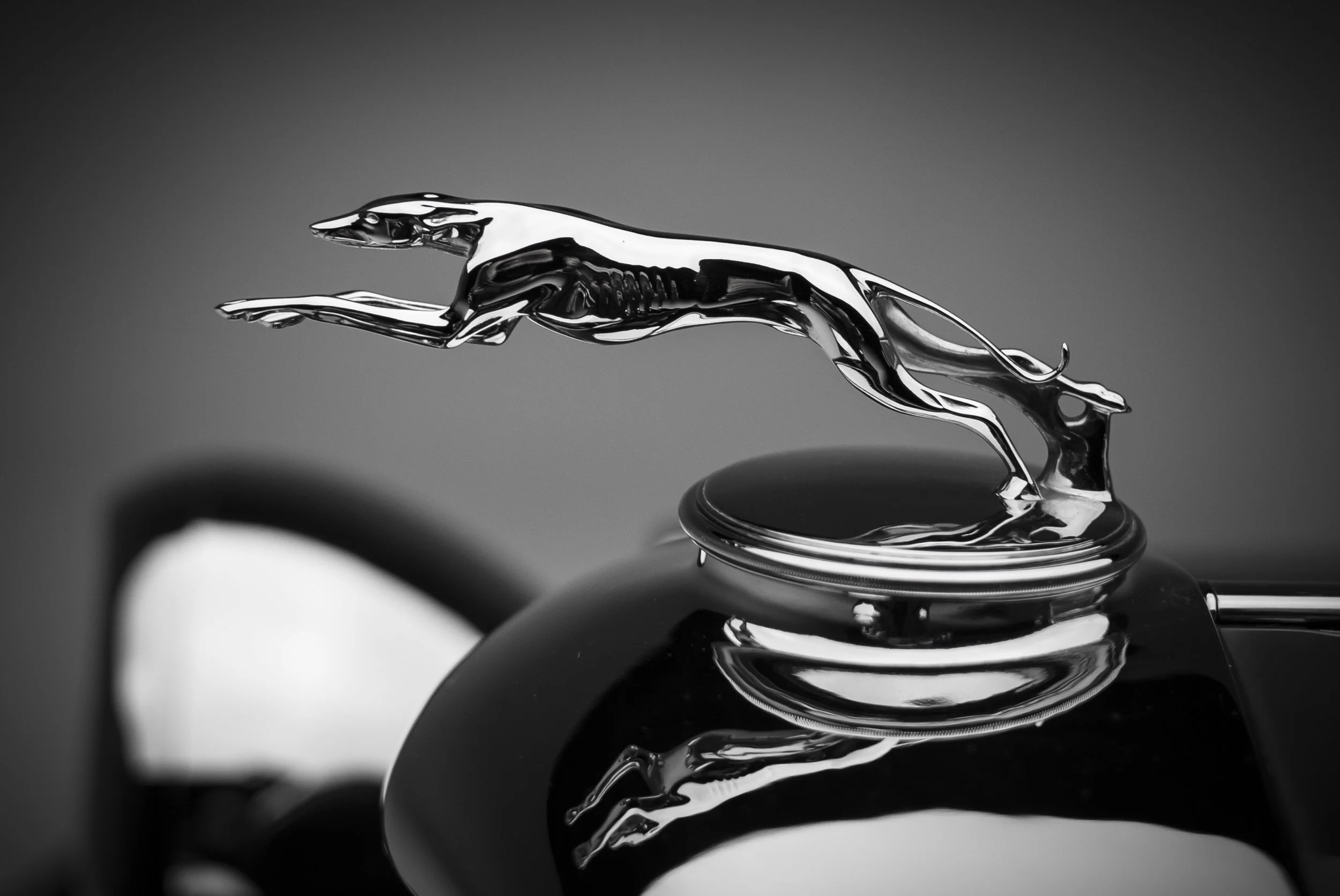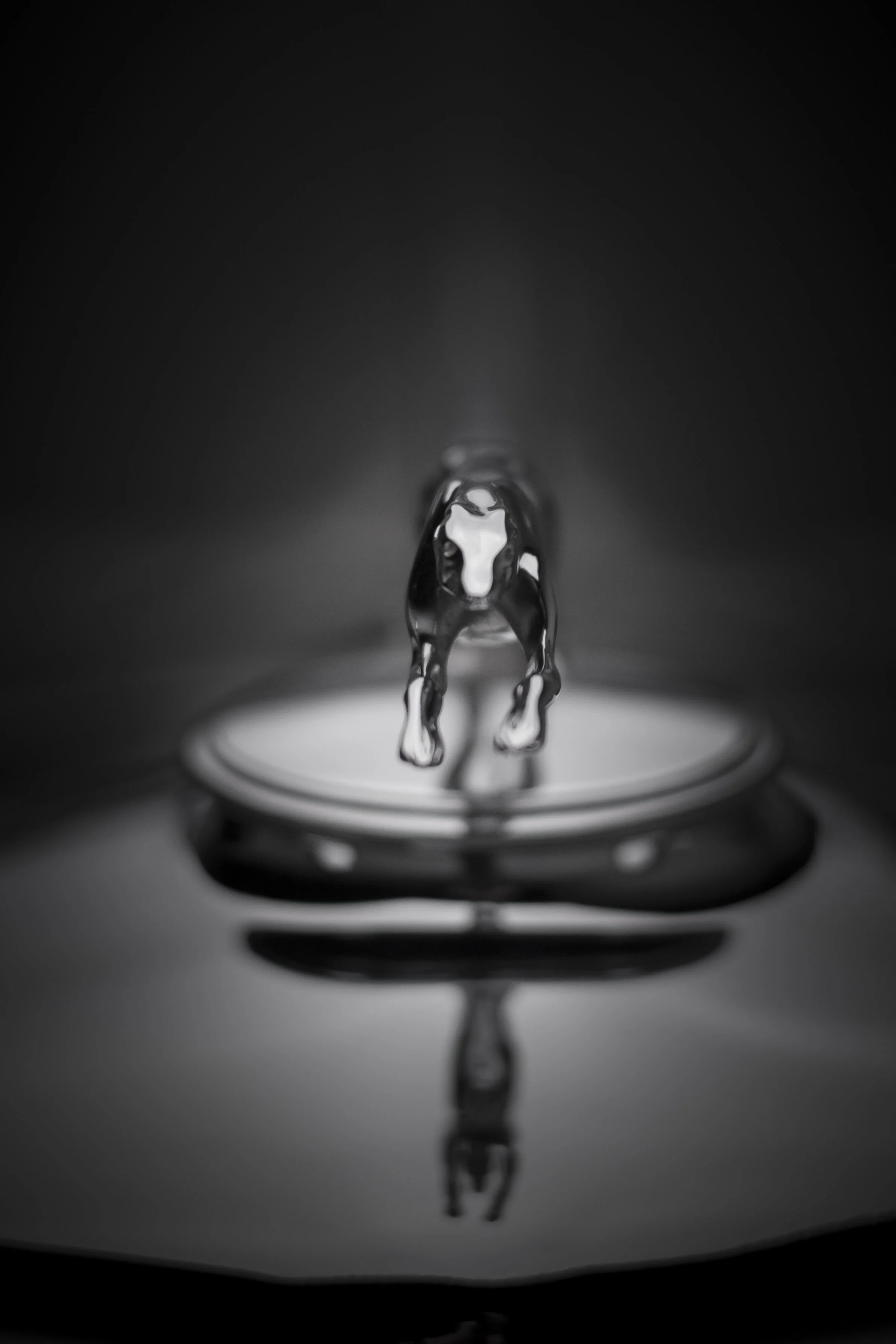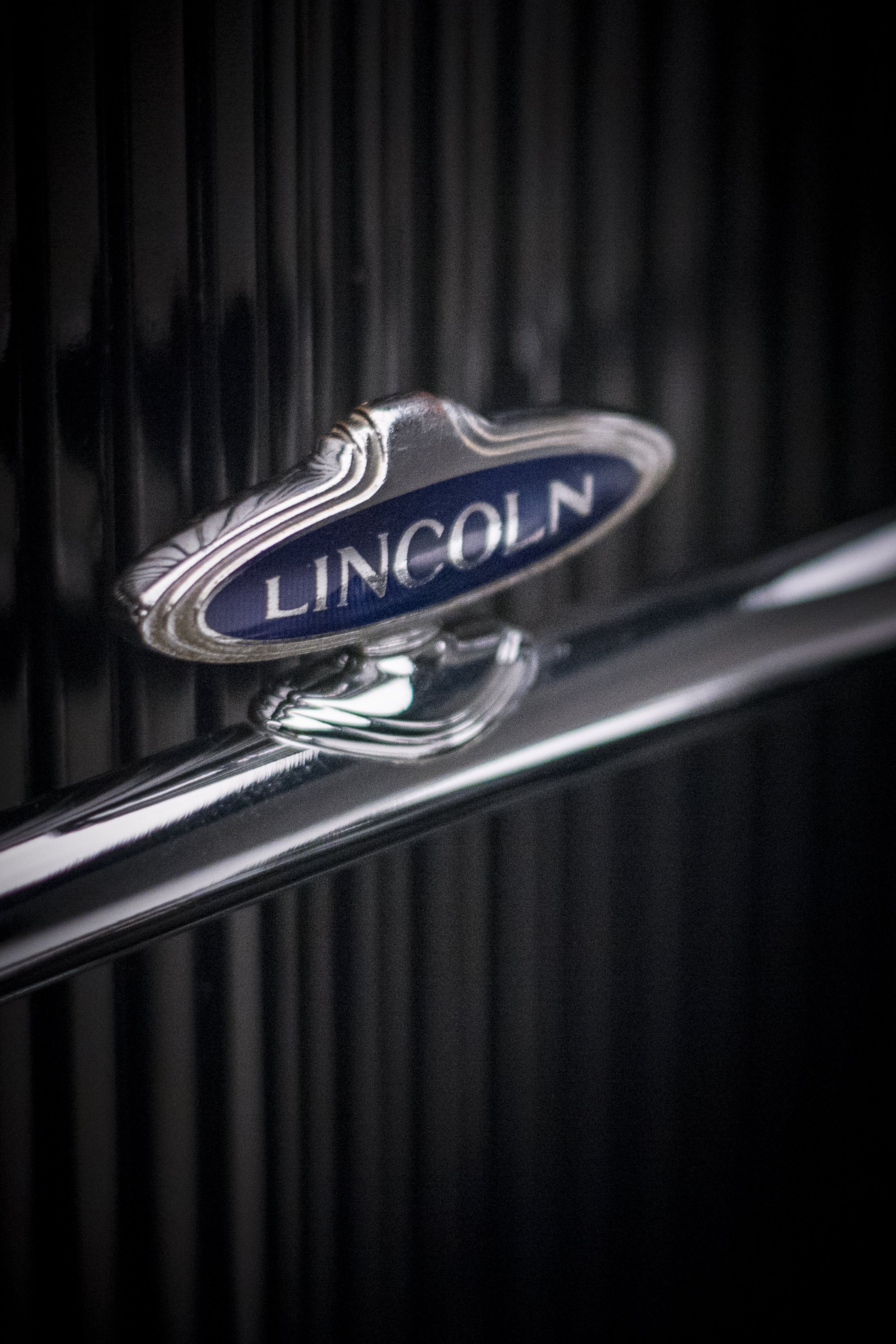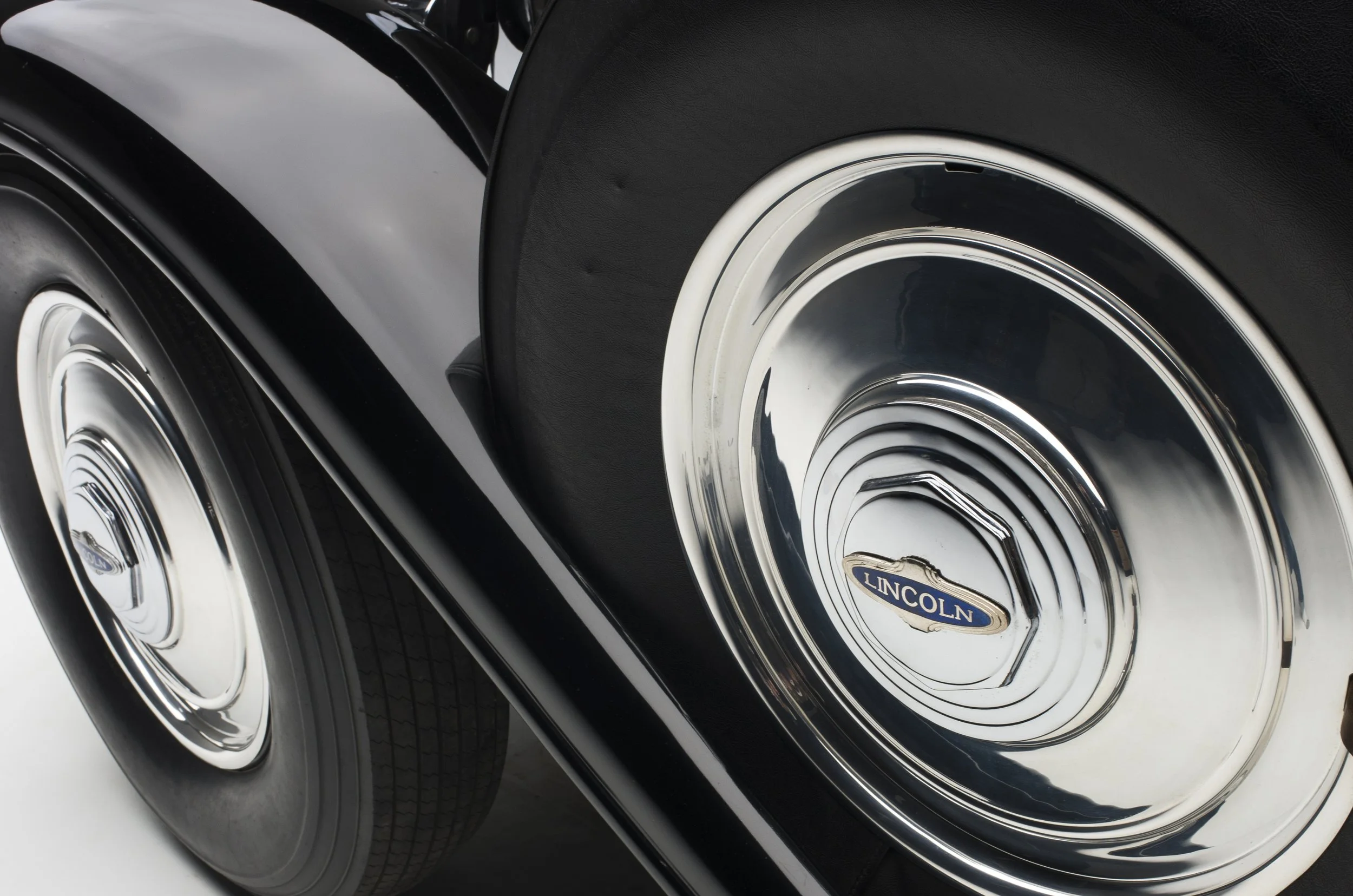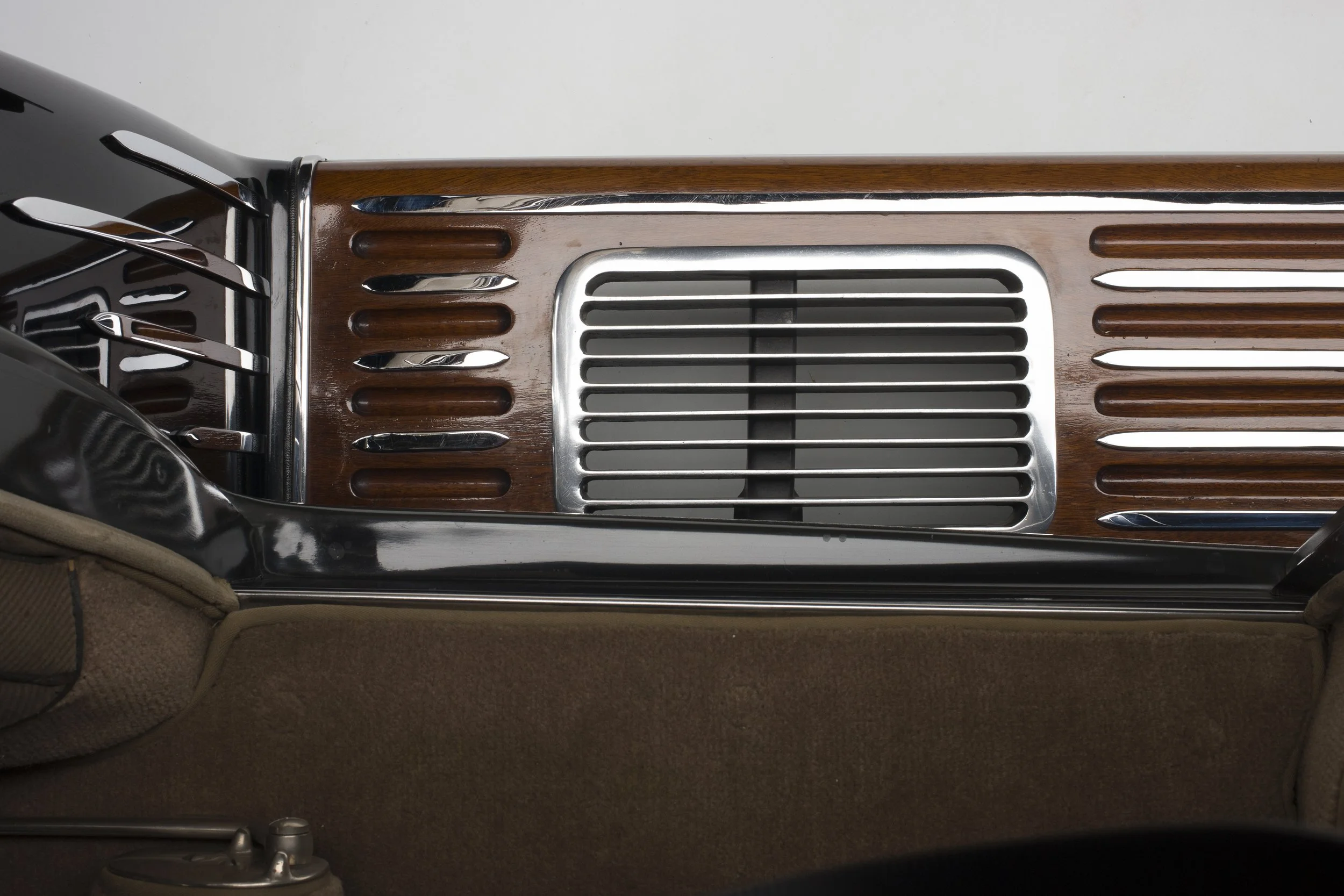1932 Lincoln KB V-12 Seven Passenger Sedan
1932 Lincoln KB V-12 Seven Passenger Sedan
Lincoln undeniably hit a peak in the Classic Era with the 1932-’33 KB models. In fact, there is almost universal agreement that the 2,629 KB V-12 Lincolns built over their short two years of production are among the greatest of all the Prewar Lincolns.
- YEAR & MAKE - 1932 Lincoln
- MODEL NAME - KB
- SERIES - 231
- MODEL/BODY/STYLE NUMBER - 237-A
- BODY TYPE - 4 Door, 7 Passenger Sedan
- BODY BY - Lincoln
- # CYLS. - V12
- TRANSMISSION TYPE & NUMBER - 3 Speed, Double Dry Disc Clutch, RWD
- WEIGHT - 5,855 lbs
- ESTIMATED PRODUCTION - 266
- HP - 150
- C.I.D. - 447.9
- WHEELBASE - 145″
- PRICE NEW - $4,700
It’s difficult to make a purely economic justification for Edsel Ford’s decision to add a V-12 to the lineup when the Depression was at its worst. Nineteen thirty-two was the year when E.Y. “Yip” Harburg and Jay Gorney’s musical Americana made “Brother, Can You Spare a Dime?” a hit, but Cadillac had debuted a V-16 two years earlier and even though large-displacement luxury car sales were a very small pie, with a horsepower war brewing Lincoln needed something if they wanted to have a piece of it.
The KB 12-cylinder Lincoln line started at $4,300 for a Phaeton, and an enclosed seven-passenger Sedan such as this would have been at least $4,700, over $400 (or one whole new Ford Phaeton) more than a comparable V-12 Cadillac. Cadillac was not Lincoln’s only competitor in the Postwar years, however. In the early years of the Depression, many more luxury manufacturers still survived, including Stutz, Pierce-Arrow, Marmon and most of all, Packard.
Responding to the same pressures Lincoln faced, 1932 was an important year for Packard as well. That marked the introduction of their own 12-cylinder engine, the legendary Twin-Six. With over a third of all luxury car sales, Packard was a titan in the industry, although little of that came from the Twin Six, selling only 549 copies for 1932, a third that of V-12 Lincoln sales. That would change, and ultimately put additional pressure on Lincoln.
With Edsel Ford in charge of the Lincoln division, his uncompromising drive for perfection informed every aspect of the KB, and nowhere was it more obvious than in the engine. While the KB V-12 inherited many of the same principles used by Lincoln’s original Henry Leland engine, it was refined to a fare-thee-well. Most distinctive is the 65-degree, separately cast left and right block arrangement. With the fork-and-blade ends to the connecting rods, the cylinders are in parallel pairs, making it remarkably compact for a 448-cu.in. V-12. As a result, the balanced forged steel crankshaft is very short and complex, and supported on seven main bearings. Smoothness and strength have a price beyond the financial, though, and while it produced 150hp at a very high 3400 rpm and a KB roadster might hit 100 MPH, the dressed engine also weighs in the vicinity of half a ton.
Coachbuilt Lincolns were often supplied in batches of 50, and the chassis was designed for coachbuilding. Lincoln built a line of factory standard sedans in house, as well, a massive chassis supporting hundreds of pieces of ash or birch framing, then clad in aluminum with aluminum brackets. Real mahogany interior trim is in stark contrast to Packard and Pierce-Arrow’s printed metal.
Ultimately, it was the KB’s very sophistication which ended its run so soon. Complicated and largely hand-built, the fork-and-blade V-12 was ridiculously expensive to manufacture. While the V-12 lived on, the 1934-and-up Model KA V-12 was now based on the V-8. Lincoln would have other great models in its future, but the KB engine stands alone.
